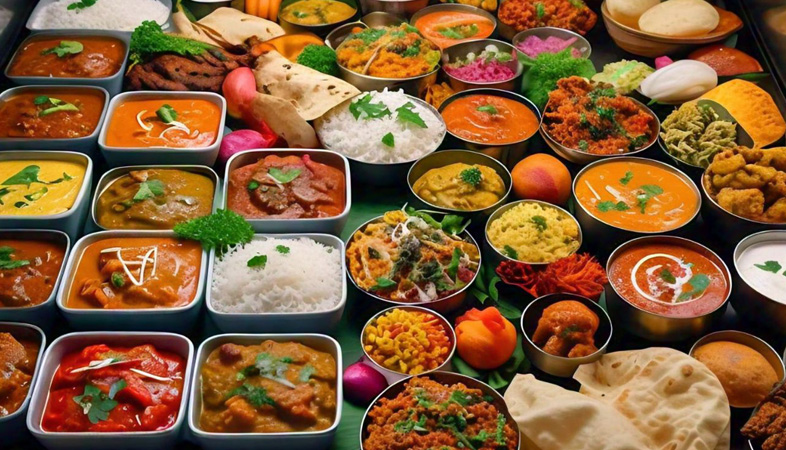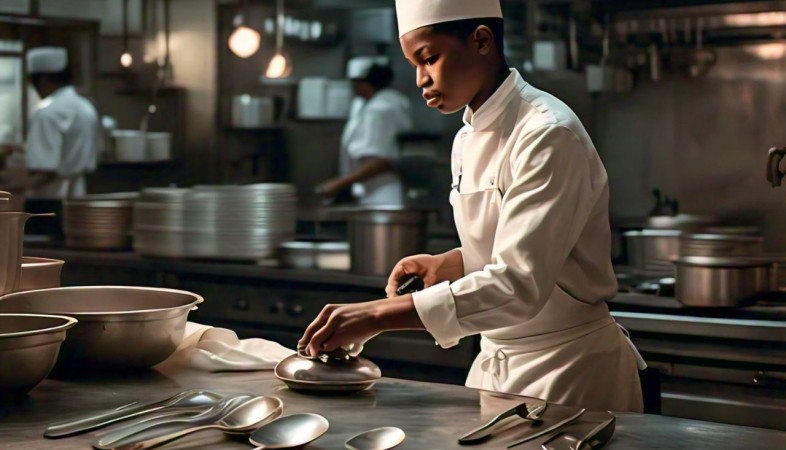SHARE
Commercials
More Posts
Feb 27, 2025
Banarasi Tamatar Chat - By Chef Ashish Spencer
Feb 27, 2025
Banarasi Tamatar Chat - By Chef Ashish Spencer
Feb 27, 2025
.png)




























